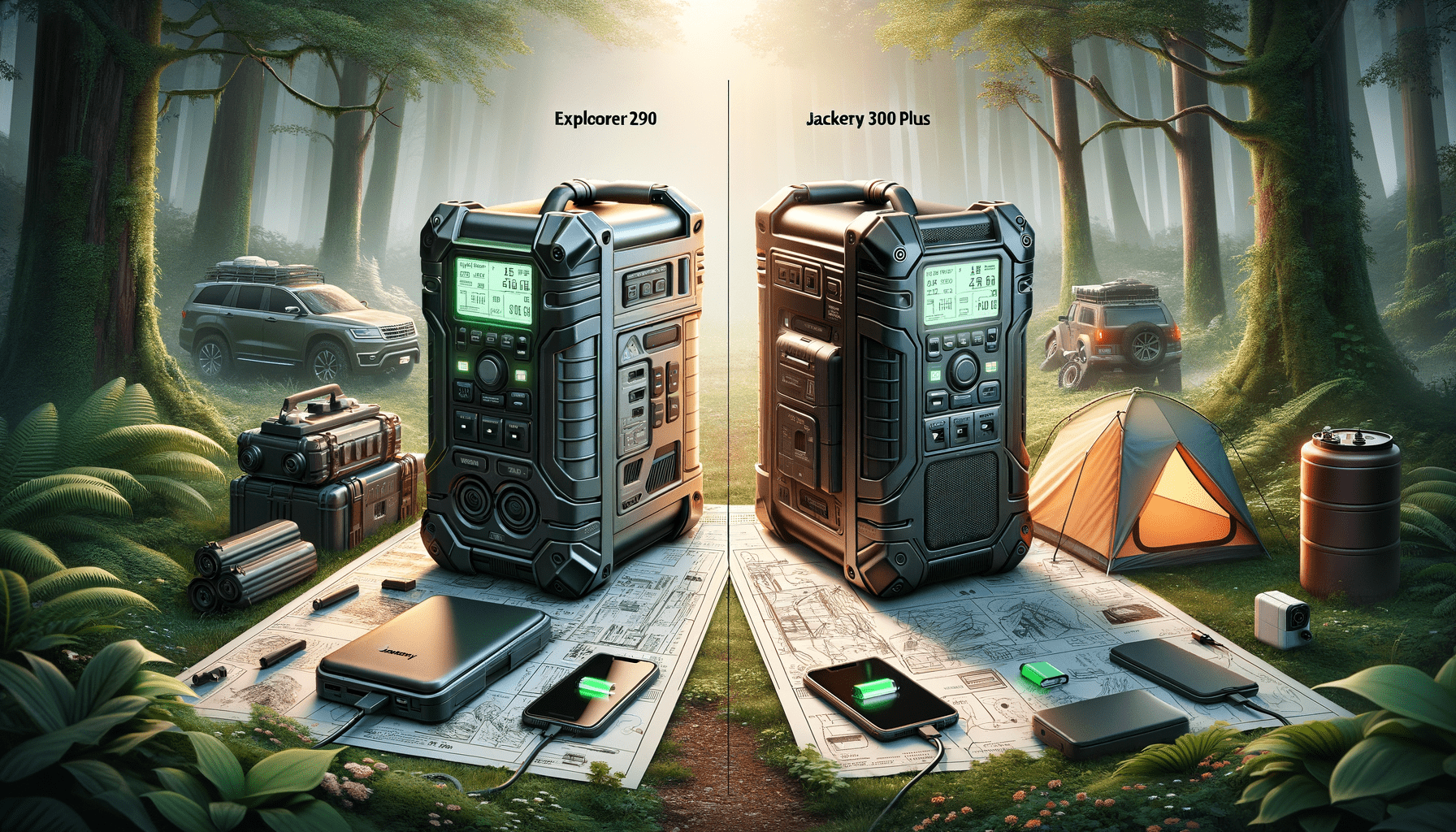In the age of technology where being on the move is the new norm, portable power stations have become critical. Whether it’s for outdoor adventures or as a backup for home emergencies, choosing the right power station can be the difference between staying connected or being left in the dark. Let’s dive into a side-by-side comparison of two popular units on the market: the Bluetti AC200P and the EcoFlow Delta 2.
Understanding the Specs
Battery and Capacity
| Feature | Bluetti AC200P | EcoFlow Delta 2 |
|---|---|---|
| Capacity | 2000Wh | 1024Wh (expandable) |
| Battery Type | LiFePO4 | N/A |
| Lifecycle | 3500+ Cycles to 80% original capacity | N/A |
| Recharge Time | ≈4.5~5 Hours (AC Adapter 500W) | 0%-80% in 50 minutes (AC) |
The Bluetti AC200P leaps ahead with a massive 2000Wh capacity, which makes it a powerhouse for longer uses. It sports a LiFePO4 battery known for longevity, boasting over 3500+ cycles. The EcoFlow Delta 2, while starting at a lower capacity of 1024Wh, has the remarkable ability to expand its storage with additional batteries.
Output Capabilities
| Feature | Bluetti AC200P | EcoFlow Delta 2 |
|---|---|---|
| AC Outlets | 6 (2000W Total) | 6 (1800W Total, Surge: 2700W) |
| Max Device(s) Power with X-Boost | N/A | Up to 2200W |
| USB-C Port | 1 (60W Max.) | 2 (100W Max. each) |
| Car Power Output | 1 (12/10A Max.) | 1 (126W Max.) |
When it comes to keeping devices humming, both units bring their A-game with six AC outlets. However, Bluetti edges slightly higher with its total potential output. Yet, what EcoFlow lacks in raw output, it makes up for in versatility with high-powered USB-C ports, ideal for charging laptops and other high-demand devices.
Charging Speed and Solar Input
| Feature | Bluetti AC200P | EcoFlow Delta 2 |
|---|---|---|
| Solar Input | 700W Max. | Depends on panel (up to 400W panels) |
| AC Adapter Input | 500W Max. | N/A |
| Maximum Input | 1200W (AC and Solar Combined) | N/A |
| MPPT Efficiency | N/A | >98% |
Both units support solar charging— a must-have for adventurers and eco-conscious users. The Bluetti AC200P boasts a higher solar input, accommodating up to 700W, which means faster charging and more time off the grid. The EcoFlow Delta 2 impresses with its MPPT efficiency, making the most of available sunlight.
Design and Portability
| Feature | Bluetti AC200P | EcoFlow Delta 2 |
|---|---|---|
| Dimensions | 16.5 x 11 x 15.2 in | 15.7 x 8.3 x 11 in |
| Weight | 60.6 lbs | 27 lbs |
| Design Aesthetics | Robust & Rugged | Sleek & Modern |
The build and weight of a portable power station are key for on-the-go use. The Bluetti AC200P offers a sturdy design, ready for the rigors of outdoor use and hefty enough to feel secure. In contrast, the EcoFlow Delta 2, at almost half the weight of the Bluetti, is a breeze to transport, thanks to its sleeker design.
Practical Applications
Pragmatism is paramount. The Bluetti AC200P is a home backup hero, keeping essentials running during power outages, while the EcoFlow Delta 2, with its fast charging and expandable battery, shines in on-the-move situations like camping or as a dependable job site companion.
Price Point and Value
The last and often decisive factor is price. While both units represent significant investments, it’s important to consider not just the initial outlay but also the value over time. The longer life cycle of the Bluetti AC200P might appeal to those thinking long-term, whereas the EcoFlow Delta 2, with its expandable options and rapid charging, may be more attractive for immediate versatility and convenience.


Conclusion
Ultimately, the choice between Bluetti AC200P and EcoFlow Delta 2 comes down to your personal power needs, expected use scenarios, and budget. Carefully weigh the capacity, output, charging options, portability, and price to make an informed decision that will keep you powered up wherever life takes you.


Leave a Reply